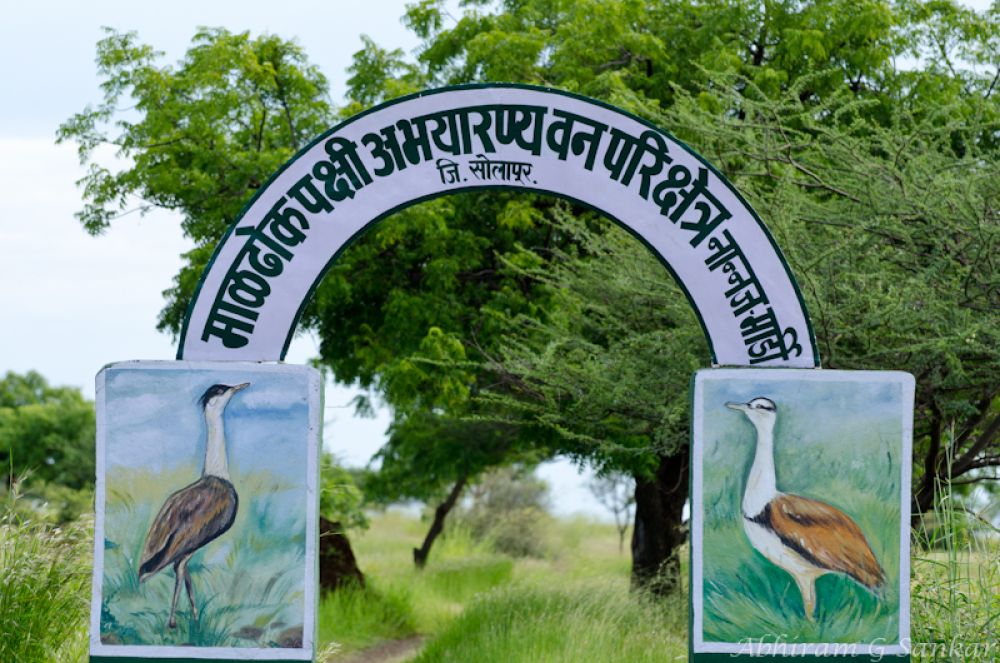

The Great Indian Bustard Sanctuary, sometimes referred to as the Nannaj Sanctuary, was established in 1979 for the conservation of the Great Indian Bustard (Ardeotis nigriceps) – a critically endangered bird species native to the Indian subcontinent. Over the years, it has become an increasingly significant spot for biodiversity conservation and ecotourism. Initially recognized for its prime objective of protecting the bustard, the sanctuary has attracted biologists, nature enthusiasts, and bird-watchers alike.
Tourism at the sanctuary began to slowly develop as the importance of biodiversity and wildlife conservation garnered attention in India. Visitors mostly included researchers and a few intrepid wildlife photographers. With growing awareness and promotion of wildlife tourism in India, the Great Indian Bustard Sanctuary has witnessed a moderate increase in tourists, making it a niche destination for those interested in the conservation of rare species and natural habitats.
In recent years, there has been a shift towards sustainable tourism practices, with visitors seeking more authentic experiences that are respectful of wildlife and local communities. The sanctuary's approach to tourism now emphasizes conservation education and promotes the ethos of 'leave no trace' to ensure minimal disturbance to the habitat of the Great Indian Bustard.
Bird-watching tours are one of the trending activities for tourists visiting the sanctuary. These tours are typically guided by local experts who provide in-depth information on the bustard's behavior, habitat, and the challenges it faces. Wildlife photography has also become a popular reason to visit, with enthusiasts coming in search of the perfect shot of these elusive birds in their natural environment.
To accommodate these latest tourism trends, there has been an increase in the number of eco-lodges and homestays around the sanctuary. These accommodations promote eco-friendly practices and often involve the local community, ensuring that the benefits of tourism also contribute to the socioeconomic growth of the region.
Responsible tourism is becoming the mainstay, and the sanctuary is also tapping into this trend by organizing volunteer programs and conservation workshops. Tourists are encouraged to engage in habitat restoration and anti-poaching efforts, bridging the gap between mere sightseeing and hands-on conservation work.
Although the challenges of protecting the Great Indian Bustard continue to loom large, the sanctuary’s focus on ecological sustainability and responsible tourism practices offer hope for both conservation and the growth of a tourism model that benefits all stakeholders.